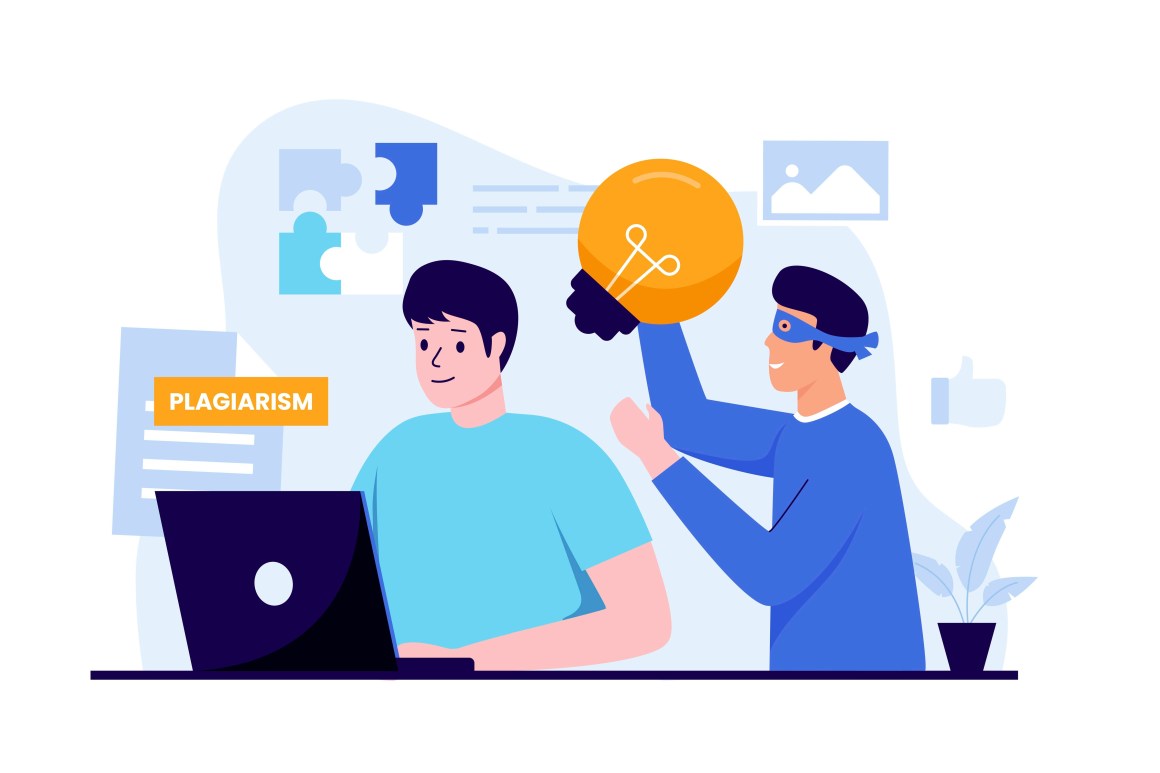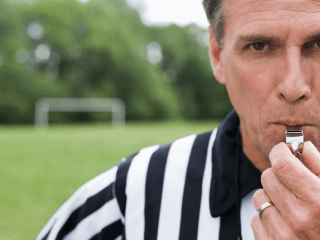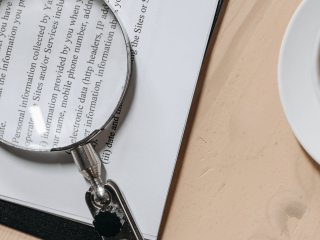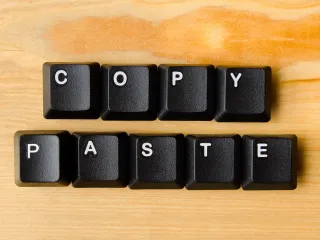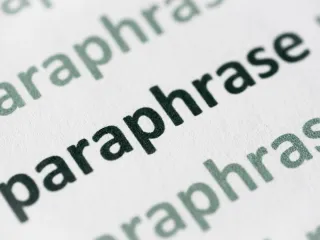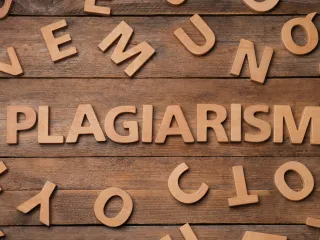Plagiarism is a term that is commonly associated with copying someone else’s work without giving proper credit. It is a serious offense that is frowned upon and can have severe consequences in academic and professional settings.
Most institutions have strict policies against plagiarism. Students and employees caught plagiarizing can face disciplinary action, including failing a course, being expelled from school, or even losing their job.
While many people are aware of the concept of plagiarism, there are different types of plagiarism that people may need to be made aware of. One of these is known as “unconscious plagiarism,” which refers to instances where a person unintentionally uses someone else’s ideas or work without realizing it.
It is important to note that unconscious plagiarism is still considered plagiarism and does not constitute a valid defense against allegations of academic dishonesty. As such, individuals need to take steps to avoid unconscious plagiarism.
Unconscious Plagiarism
Unconscious plagiarism occurs when an individual uses someone else’s ideas, words, or work in their own work without realizing that they have done so. The individual may have read or heard the idea previously, and it has become so ingrained in their mind that they believe it to be their own original thought.
Unconscious plagiarism is typically unintentional, and the individual accused of this act often does not realize they have committed it.
For instance, let’s say that a student is researching a topic for an essay and reads an article that contains an interesting concept. Later, when the student writes their paper, they include the idea in their work without citing the source, as they need to remember where they read it. In this case, the student has likely unintentionally committed unconscious plagiarism.
Another example of unconscious plagiarism can be seen in the music industry. Musicians often create similar songs, but they may need to realize that they have used a melody or lyric from another piece. This can result in accusations of plagiarism, even though the musician might not have had intention of copying the original work.
Cryptomnesia refers to the same general concept as unconscious plagiarism. Cryptomnesia is a type of memory error where a person believes that a thought, idea, or concept is their original creation.
Still, in reality, they have heard or read it somewhere else. Research in psychology has shown that cryptomnesia can be common, particularly in creative tasks like writing, music, and art.
Causes of Cryptomnesia
Cryptomnesia can occur in a variety of scenarios or conditions. One common cause is a failure of source memory or source monitoring. Source memory refers to the ability to remember where the information came from, while source monitoring refers to the ability to keep track of the sources of information as it is processed.
When individuals have difficulty with source memory or monitoring, they may mistakenly believe that an idea is their own when, in fact, they have appropriated someone else’s work.
Another cause of cryptomnesia is cognitive psychology, specifically how cognition works. For example, encoding, which refers to how information is initially processed, can affect how easily it is later recalled.
When individuals are exposed to an idea repeatedly, they may be more likely to recall it as their own later on, even if they do not consciously remember where they first encountered it.
The retention interval is also a factor that can contribute to cryptomnesia. The longer the period between initial exposure to an idea and its recall, the more likely an individual may be to believe that the idea is their own.
Additionally, the elaboration of an idea can lead to cryptomnesia, as individuals may feel that the new concept is entirely their own without realizing that the original idea was not theirs to begin with. When individuals take an existing idea and build upon it, they may feel the new idea is entirely their own. However, they may need to realize that the original idea was not theirs to begin with.
For example, a writer may read an article on a specific topic and later write an article on the same subject without realizing that they are using similar phrasing or ideas. Alternatively, a musician may hear a melody and later incorporate it into their song without realizing it is not original.
Common Types of Plagiarism
Plagiarism is a serious offense that is frowned upon by most academic and professional institutions. There are many different types of plagiarism, including intentional, self-plagiarism, accidental, and unconscious. However, regardless of the type of plagiarism, the consequences are the same.
Accidental Plagiarism
Accidental plagiarism, also known as “inadvertent plagiarism,” occurs when a writer unintentionally uses someone else’s work without proper citation or attribution. This can happen when the writer needs to be aware of the rules of citation or needs to cite a source.
Accidental plagiarism can occur even if the writer did not intend to plagiarize and can still result in consequences, such as a lower grade or a damaged reputation.
Mosaic Plagiarism
Mosaic plagiarism, also known as patchwork plagiarism, occurs when a writer takes phrases or sentences from multiple sources and combines them to create a new document. This is a form of plagiarism because it uses other people’s words without proper citation.
Mosaic plagiarism differs from other types of plagiarism because it is not a direct copy of another person’s work but a patchwork of different sources.
Self-Plagiarism
Self-plagiarism occurs when a writer reuses their work without proper citation. For example, this can happen when a writer submits the same paper to multiple classes or when a writer uses a portion of a previous work in a new work without proper citation.
Self-plagiarism differs from other types of plagiarism because it involves the writer copying their own work rather than someone else’s.
Complete Plagiarism
Complete plagiarism occurs when a writer submits someone else’s work as their own. This can include submitting the full text of a book, article, or other published material without proper citation or attribution.
Complete plagiarism differs from other types of plagiarism because it involves the full submission of someone else’s work rather than a partial submission or a combination of sources.
Source-Based Plagiarism
Source-based plagiarism occurs when a writer copies someone else’s work and submits it as their own without proper citation or attribution. This type of plagiarism is similar to complete plagiarism but can involve a partial submission of someone else’s work or a combination of sources.
Source-based plagiarism differs from other types of plagiarism because it involves copying someone else’s work directly rather than paraphrasing or using similar language.
Direct Plagiarism
Direct plagiarism occurs when a writer copies someone else’s work word for word and submits it as their own without proper citation or attribution.
This type of plagiarism is similar to source-based plagiarism but involves a direct copy of someone else’s work rather than a partial submission or a combination of sources.
Paraphrasing Plagiarism
Paraphrasing plagiarism occurs when a writer takes someone else’s work and rewrites it in their own words without proper citation or attribution, which can involve using new words to express the same ideas. This can happen when a writer does not understand the original material and tries to simplify it or hide the fact that they are using someone else’s work.
Paraphrasing differs from other types of plagiarism because it involves partially submitting someone else’s work in a rewritten form.
Consequences of Unconscious Plagiarism
Regardless of the type of plagiarism, all acts are treated equally and can result in severe consequences.
In the academic world, the plagiarist may face a failing grade or even expulsion from the institution. In the professional world, the consequences can be even more severe, ranging from the loss of a job to legal action.
In addition to the plagiarist’s punishments, the work’s original author may also suffer consequences. For example, they may lose the opportunity to receive recognition for their original ideas or to profit from their work. In some cases, the original author may even suffer reputational damage.
Remembering that all individuals should strive to produce original work and properly cite any sources they use is important. Not only is it the ethical and moral thing to do, but it is also important to avoid the serious consequences of plagiarism.
How to Avoid Unconscious Plagiarism
Using a plagiarism checker is a great way to ensure your work is plagiarism-free.
For example, Quetext’s plagiarism checker is able to detect even the smallest instances of plagiarism. In addition, it scans billions of sources on the web to compare your work with existing content and provides a detailed report of any similarities it finds.
Quetext’s plagiarism checker also has a user-friendly interface that makes it easy for people of all skill levels. Copy and paste your work into the provided text box, and the checker will analyze it for potential plagiarism. It also provides a color-coded report highlighting any areas of concern and links to the sources.
Overall, by being intentional and careful in your writing process, you can minimize the risk of unconscious plagiarism and produce original work that accurately reflects your ideas and research. And remember, when in doubt, always run your work through a plagiarism checker like Quetext’s to ensure it is plagiarism-free.

